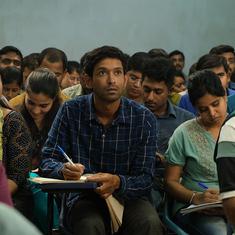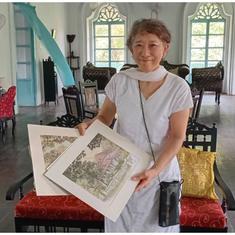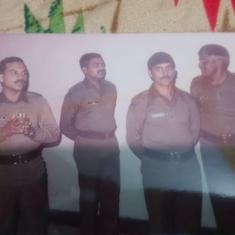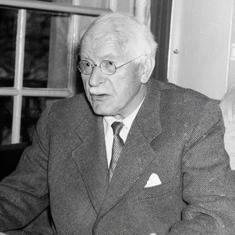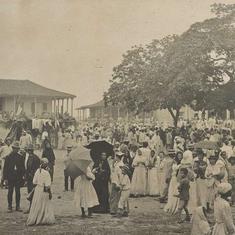To me, the pleasure of reading good noir, written well, with style and substance, with attention to both the physical details as well as what they add to the characters being presented to us, a noir where you know the language deployed is deliberate – tough, peppered with well-observed similes, effortlessly but carefully building its world, offering crackling dialogues to drink from – for me the pleasure of reading such a novel trumps almost every other reading pleasure. And the better if that noir is set in India, written by an Indian writer who knows where they are taking us and what they are doing on the page, and why – though such an Indian noir, I must admit, is a very rare commodity indeed (Sacred Games is the GOAT, as they say; but Tanuj Solanki’s Manjhi’s Mayhem and Nilanjana Roy’s Black River are two good recent examples; as also novels by Ankush Saikia, a criminally underrated writer who has written about half-a-dozen, all worth your time).
Shreyas Rajagopal’s Gunboy is almost that novel. Almost. You could see it getting there in its opening pages, which describe the twin emotions that come to the victims of bullying – unbearably fearful and isolating loneliness, coupled with an intensely imaginative desire for vengeance – with such vivid and tender detailing that I was sure this book would give words to what I imagine was every bullied victim’s desire in their troubled adolescent: to grow up dangerous and powerful, to settle scores with their tormenters with a slight smile hovering over the edge of their lips, thinking but not saying: remember me?
In nowhere land
The bullied boy in question here is Arvind, a “South Indian”, who, along with his friend Sudipto, a Bengali, is harassed by his influential seniors at school, apparently because they are outsiders. The seniors are not just influential within the school premises, but also in the town in general, courtesy of their leader, Jaggi Ranade, and his father, who is a politician in a factory town called Rannwara, somewhere in the “dusty, lawless hinterland” of India – but where, exactly? There are descriptions on offer, but they don’t help situate the town, or the action. We guess the town might be in Maharashtra because in Marathi, its name translates to fields and winds, and there are characters with Marathi surnames.
But the texture of the town – there’s Hotel Jaipur here, for some reason – seems hardly hinterland Maharashtra, and for the longest time into the novel, I wasn’t sure what to make of the place and its politics. While there are a lot of descriptions of action, of where the action is taking place, of why the action is taking place, they lacked the insight of experience and observation. This could have been any town in any part of this country and it wouldn’t have made any difference. All of which is to say that while Rajagopal has a grip on some of his characters, he has a tendency to be aloof about the smaller stuff that ends up adding to the fourth dimension of the book, so to speak, particularly in such stories.
Take, also, for instance, the Gun in question. This gun, called the Gun by everybody who has ever possessed it – including a builder, I think, and a hitman, and the aforementioned Arvind – has metaphysical aspects attached to it, which at a certain point attain the proportion of the Elder Wand. Passed on, unwillingly; possessed, powerfully. The Gun is a mythical thing, a mystical object, but it is actually just a Beretta 9mm, its “custom sleeve with engravings of cool chrome, the custom grip finished in enamel and gold, the body blinding white”. It is also, if all that wasn’t enough, “blessed by Lord Hanuman himself”, and the monkey God’s image shines along the Gun’s grip.
Out of place
The truth of the matter is that all of this, personally, feels awkwardly out of place in the fast-paced, cold-blooded world of the Bombay underworld, where the gun has been birthed and christened. Had this been some kind of satire, or witty take on the hitman genre, this could have worked – but Rajagopal is dead serious with his story and his characters (the humour in this book is as lacking as any worthwhile dialogue). In which case, he had many, many other alternatives for what the supari killers called their guns in the heydays of the Bombay gangland scene: ghoda, to begin with; saman, dhatu, chappal, sixer, chakri, baja, mithai, bartan, guitar, spray, jhaadu, amma… a list Suketu Mehta provides in Maximum City while writing about exactly the kind of hitmen Rajagopal hopes to write about.
In Gunboy, that hitman is Amar Singh, and by this time, I have started to ignore the names of the characters, which are again strikingly out of place for the world they are situated in. But while Amar has certain depth – and despite the novel’s many weaknesses, Rajagopal does build some of his characters excellently – he seems again to be a Bombay hitman without the politics that made them. Supari killers of the 1990s and early 2000s Bombay did not just pop out of slums and chawls because that’s what they wanted to do – there was a very specific kind of politics that went into making them choose and work for certain “companies” and certain gangsters. And Rajagopal doesn’t seem to be unaware of this hitman subculture: he knows of the rituals that some of these killers followed before and after a hit; their superstitions, their addictions, the practices that made them think they were immortal.
Everything about Amar Singh says he is a killer from that stable, but he just doesn’t feel like one. One way to make a novel like this grainy is through its dialogues, which reveal the inner life of a character in much more detail than all the descriptive poetry. But dialogues in Gunboy – which is to say, actual, human-to-human conversations – are few and far in between.
At over 400 pages, the novel is pretty hefty and expectedly populated. The lofty prose remains lofty throughout, which, at least for this reader, was one of the major pain points of this novel. The story of Gunboy might be interesting, but it is too preoccupied with the writing than it is with the storytelling, and pace, one should remember, is not about how quickly you wrap up a chapter. It has its internal logic, which seemed to be sorely missing in this story – among other things.
Atharva Pandit is a writer whose debut novel, Hurda, was published by Bloomsbury India in 2024.
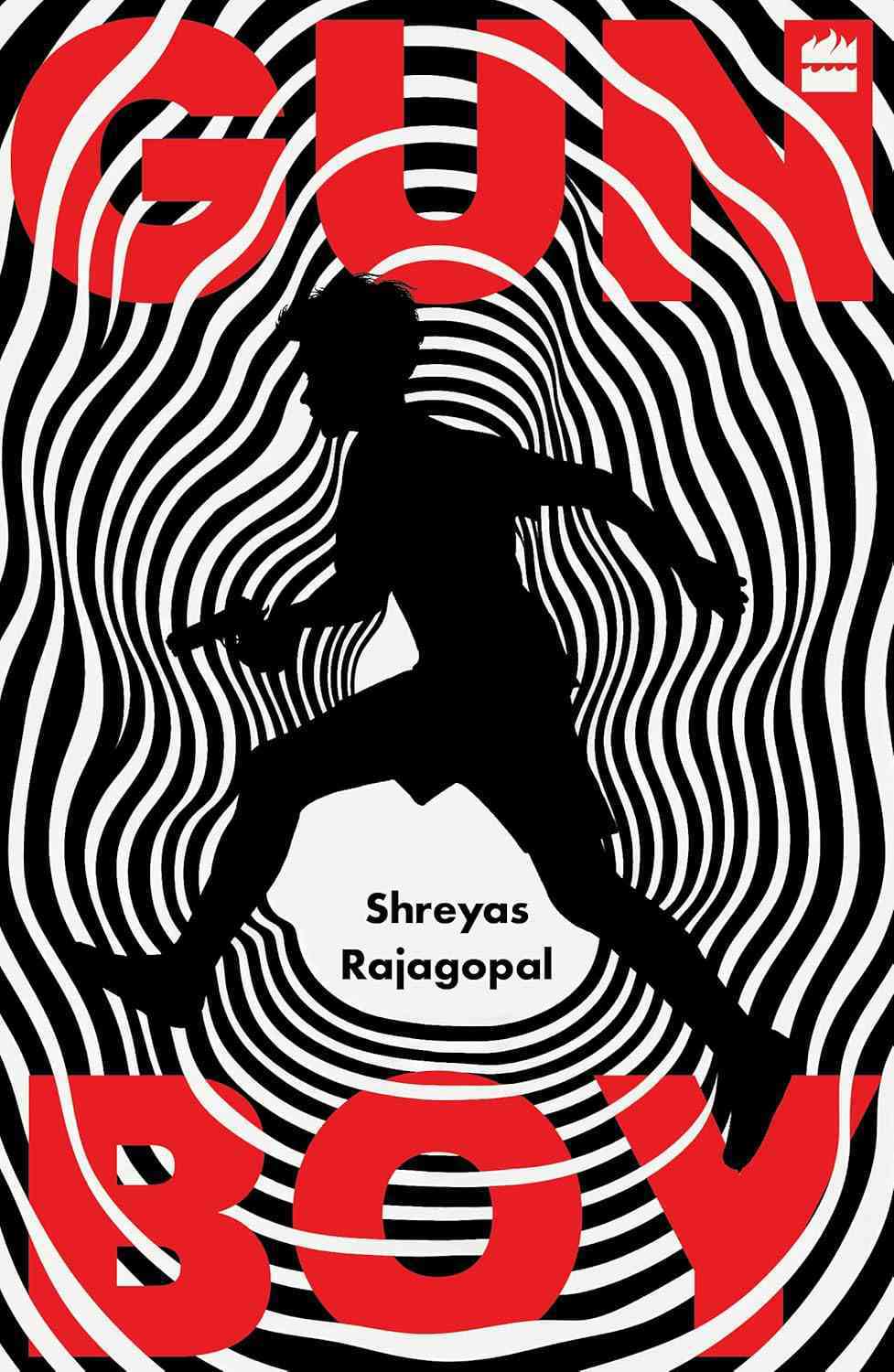
Gunboy, Shreyas Rajagopal, HarperCollins India.

